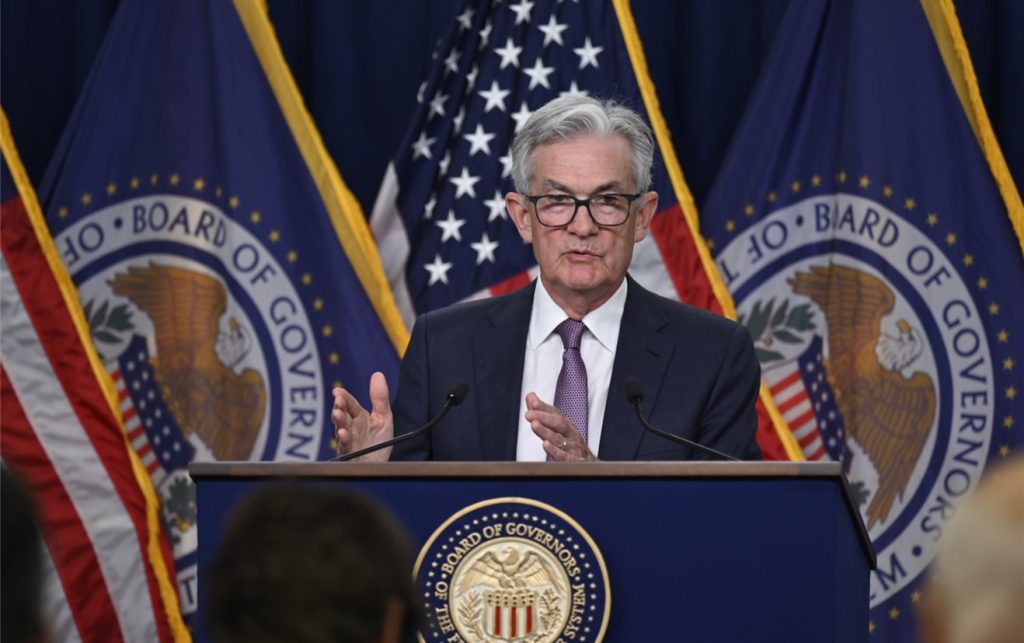
The FOMC Votes at Eighth 2022 Meeting to Raise Rates for Seventh Time
The Federal Open Market Committee (FOMC) voted to raise overnight interest rates from a target of 3.75%-4.00% to the new target of 4.25% – 4.50%. This was announced at the conclusion of the Committee’s final scheduled meeting of 2022. The monetary policy shift in bank lending rates was as expected by economists and the markets as Fed Chair Powell had recently spoke about less aggressive increases while maintaining a vigilance that would prefer to err on the side of being too hawkish.
The recent market focus has been on how inflation has been reported with lower price increases than before. While lower increases may suggest that inflation is successfully being wrung out of the system, Powell and other FOMC members have wondered aloud whether demand-driven inflation will take many more months to dampen.
There were few clues given in the statement about the size of any next move. While this can’t be known at this point, Powell generally shares during a press conference beginning at 2:30 his general perceptions and expectations. However, the median projection by members of where Fed Funds will stand this time next year is 5.10%, with seven out of the nineteen members expecting it to be higher. It is clear from the statement that the Fed expects ongoing increases.
Below are notable excerpts from the announcement of today’s change in monetary policy:
Fed Release December 14, 2022
Recent indicators point to modest growth in spending and production. Job gains have been robust in recent months, and the unemployment rate has remained low. Inflation remains elevated, reflecting supply and demand imbalances related to the pandemic, higher food and energy prices, and broader price pressures.
Russia’s war against Ukraine is causing tremendous human and economic hardship. The war and related events are contributing to upward pressure on inflation and are weighing on global economic activity. The Committee is highly attentive to inflation risks.
The Committee seeks to achieve maximum employment and inflation at the rate of 2 percent over the longer run. In support of these goals, the Committee decided to raise the target range for the federal funds rate to 4-1/4 to 4-1/2 percent. The Committee anticipates that ongoing increases in the target range will be appropriate in order to attain a stance of monetary policy that is sufficiently restrictive to return inflation to 2 percent over time. In determining the pace of future increases in the target range, the Committee will take into account the cumulative tightening of monetary policy, the lags with which monetary policy affects economic activity and inflation, and economic and financial developments. In addition, the Committee will continue reducing its holdings of Treasury securities and agency debt and agency mortgage-backed securities, as described in the Plans for Reducing the Size of the Federal Reserve’s Balance Sheet that was issued in May. The Committee is strongly committed to returning inflation to its 2 percent objective.
In assessing the appropriate stance of monetary policy, the Committee will continue to monitor the implications of incoming information for the economic outlook. The Committee would be prepared to adjust the stance of monetary policy as appropriate if risks emerge that could impede the attainment of the Committee’s goals. The Committee’s assessments will take into account a wide range of information, including readings on public health, labor market conditions, inflation pressures and inflation expectations, and financial and international developments.
Take-Away
Higher interest rates can weigh on stocks as companies that rely on borrowing may find their cost of capital has increased. The risk of inflation also weighs on the markets. Additionally, investors find that alternative investments that pay a known yield may, at some point, be preferred to equities. For these reasons, higher interest rates are of concern to the stock market investor. However, an unhealthy, highly inflationary economy also comes at a cost to the economy, businesses, and households.
The market has been bringing rates down across the curve as the Fed has been working to increase them. The ten-year treasury note had traded near 4.25% in late October; it now hovers around 3.50%, or 50 bp below the bottom of the Fed’s overnight range. Is this sustainable? It certainly isn’t desirable for what the Fed is trying to accomplish. In these cases, the Fed tends to eventually win.